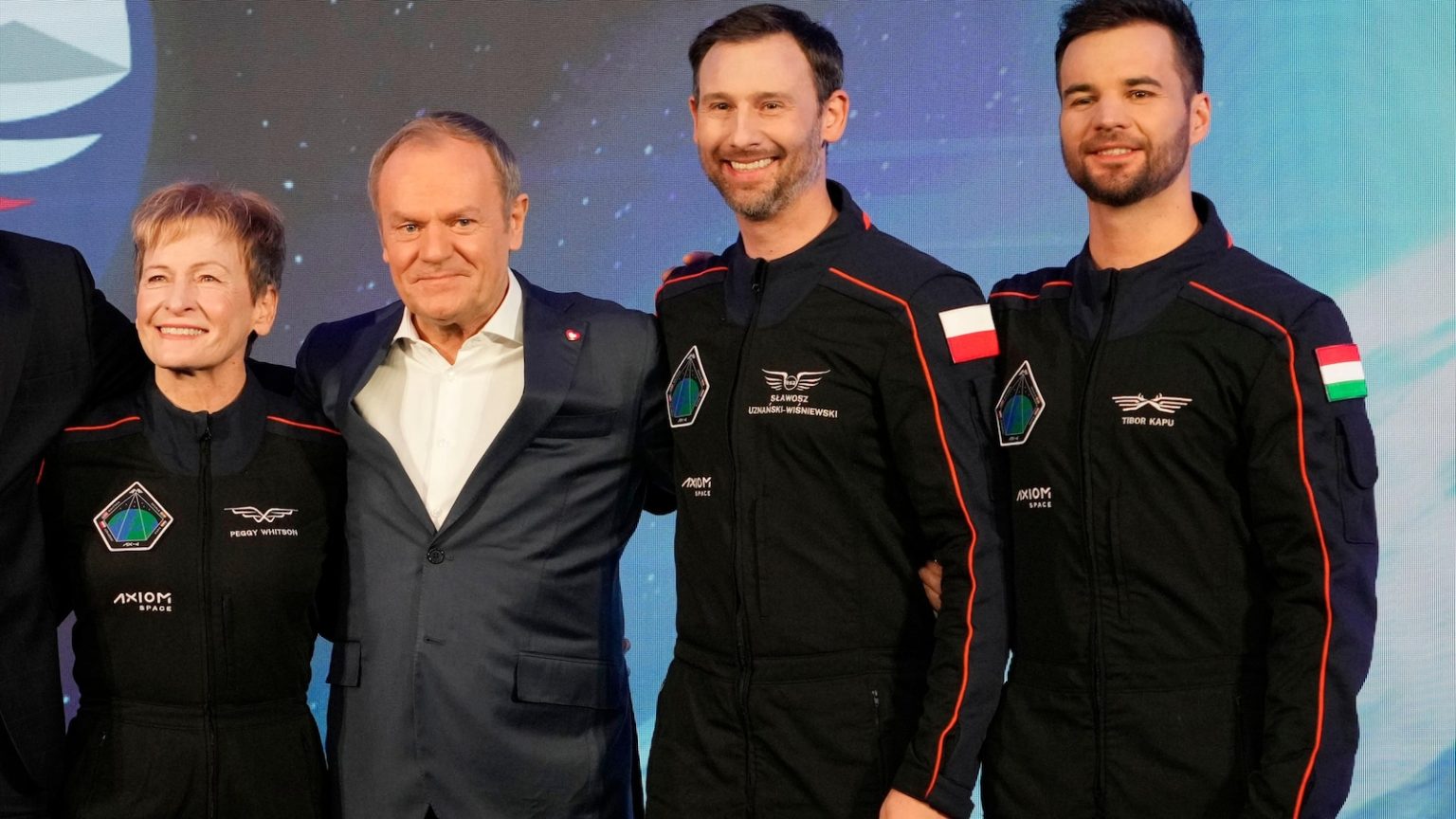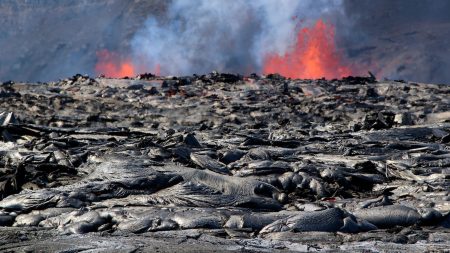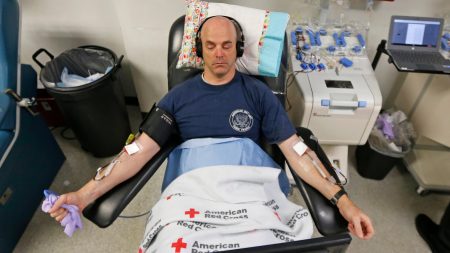Axiom Mission 4: A Journey of Cultural and Personal Significance
Introduction to the Axiom Mission 4
The Axiom Mission 4 represents a remarkable endeavor in space exploration, bringing together four astronauts from diverse corners of the globe: the United States, India, Hungary, and Poland. Their journey to the International Space Station (ISS), aboard the SpaceX Crew Dragon, symbolizes not only a scientific endeavor but also a deeply personal and cultural one. Each astronaut has chosen unique items to carry with them, reflecting their individual heritage and personal journeys. These items, ranging from family heirlooms to national symbols, serve as poignant reminders of the connection between their earthly roots and their celestial aspirations.
Peggy Whitson: A Legacy of Experience and Family Ties
Among the astronauts is Peggy Whitson, a seasoned U.S. astronaut with a storied career. Peggy, who will serve as the mission commander, brings a wedding necklace she wore on her special day, along with photos of her crew and family. These items are more than mere trinkets; they are symbols of the love and support that have fueled her passion for space exploration. Peggy’s extensive experience, including multiple missions and a record for the most time spent in space by an American astronaut, underscores her role as a mentor and leader. Her personal items serve as a testament to the balance between her professional achievements and personal life, highlighting the human side of astronautics.
Slawosz Uznanski-Wisniewski: Poland’s Ambassador to the Stars
Poland’s Slawosz Uznanski-Wisniewski is another integral member of the team, bringing with him a assortment of items that encapsulate Poland’s rich cultural tapestry. Traditional pierogi, a dish close to many Polish hearts, will accompany him, along with the works of Nobel laureate Wislawa Szymborska and the music of Frederic Chopin. These elements of Polish heritage are complemented by natural symbols like amber and salt from the historic Wieliczka mine. Slawosz also carries a flag worn by Poland’s first astronaut, Miroslaw Hermaszewski, in 1978, bridging past and present. His choices reflect a deep pride in his nation’s history and culture, transforming his journey into a celebration of Polish identity on a global stage.
Tibor Kapu: Hungary’s Connection to Its Space Pioneers
Tibor Kapu of Hungary adds his own unique touch to the mission, honoring his nation’s space pioneers. He carries a photograph of Bertalan Farkas, Hungary’s first astronaut who ventured into space in 1980. This item, along with family photos and the Hungarian flag, serves as a tribute to Farkas’s legacy and a symbol of national pride. Tibor’s choices highlight the enduring inspiration of Hungary’s space history, as well as his personal connections, making his participation a blend of individual story and national narrative.
Shubhanshu Shukla: India’s Presence in Space
Though absent from the press conference at Warsaw’s Copernicus Science Center, Shubhanshu Shukla of India is no less integral to the mission. As the mission pilot, his contributions are vital, and the items he brings, though unseen, hold their own significance. His presence underscores India’s growing role in space exploration, adding a modern chapter to the nation’s expanding space endeavors. His journey, like that of his fellow astronauts, is a testament to the global nature of space research and collaboration.
The Broader Significance and Press Conference Insights
During the press conference, the astronauts shared their excitement and rigorous preparations for the mission, emphasizing the scientific experiments and medical research they will conduct during their two-week stay on the ISS. ESA head Josef Aschbacher highlighted the strategic importance of space research for security and broader human knowledge. The personal items each astronaut carries not only serve as personal talismans but also as symbols of cultural exchange and inspiration. This mission, with its blend of personal stories and scientific ambition, stands as a beacon of hope and collaboration in space exploration, reminding us of the profound impact of reaching for the stars.















